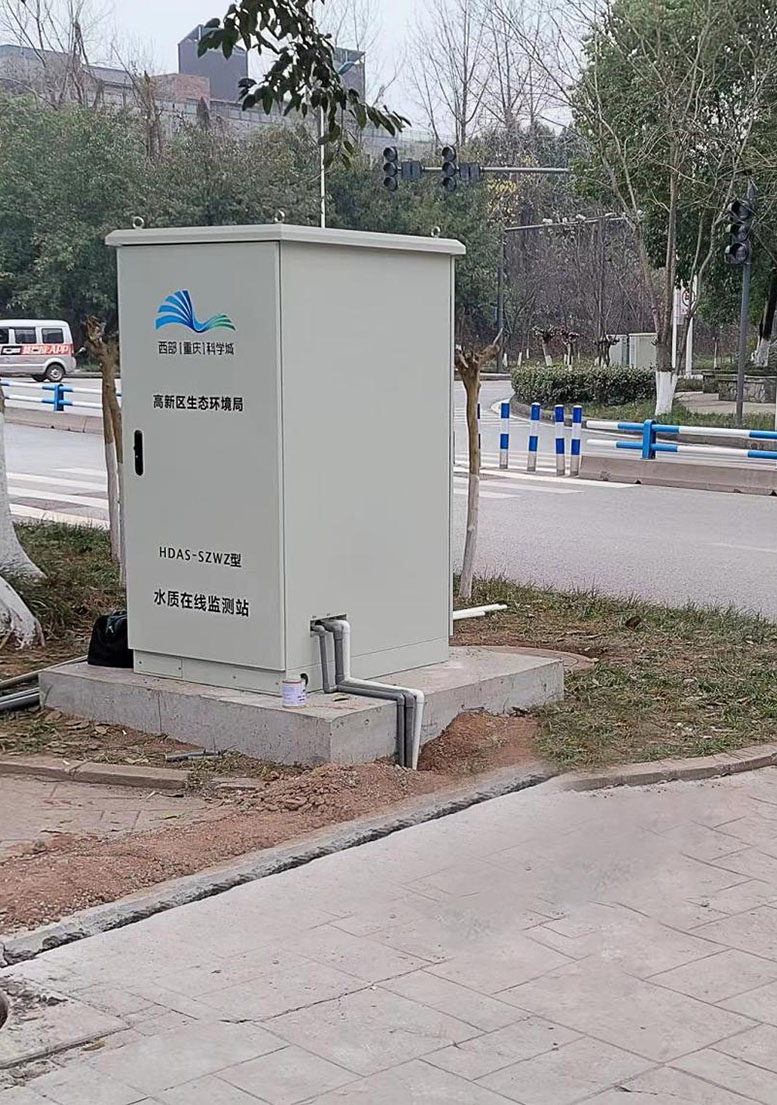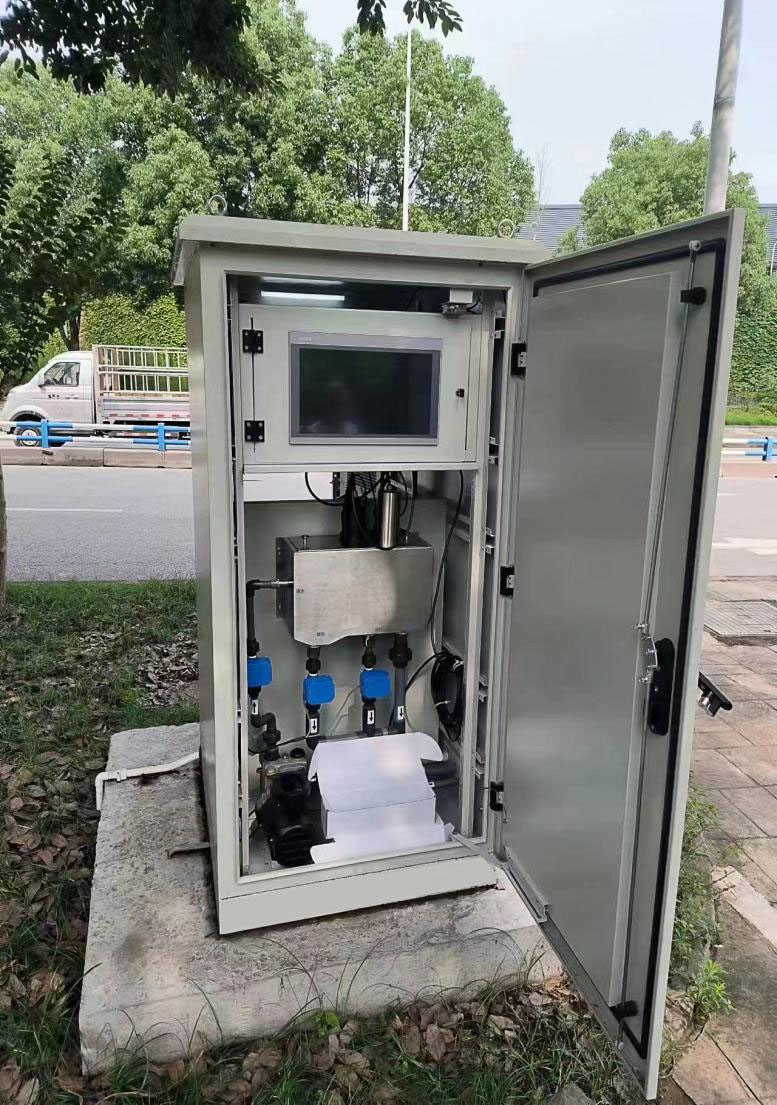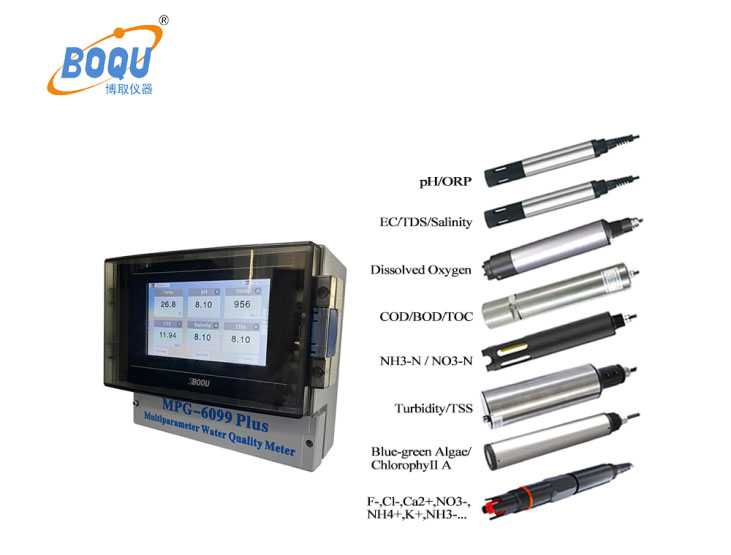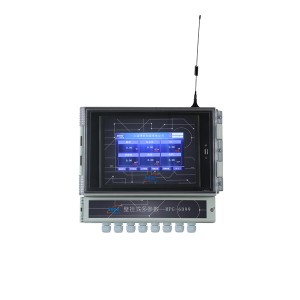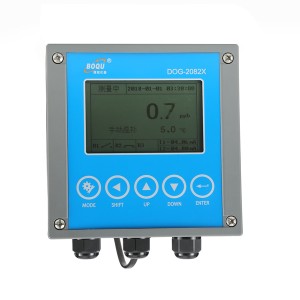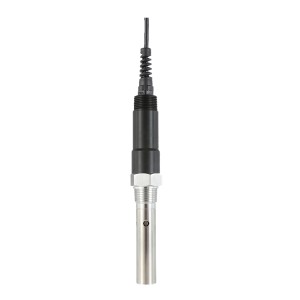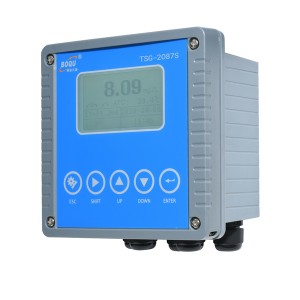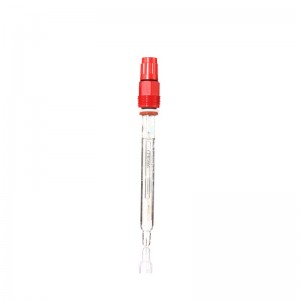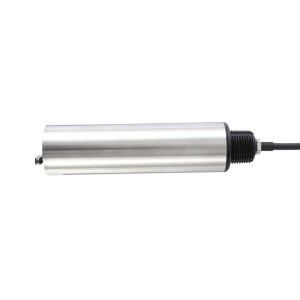Project Name: 5G Integrated Infrastructure Project for Smart City in a Certain District (Phase I)
1. Project Background and Overall Planning
In the context of smart city development, a district in Chongqing is actively advancing the 5G Integrated Infrastructure Project for Smart Cities (Phase I). Built upon the EPC general contracting framework of the first phase of the Smart High-tech initiative, this project integrates and upgrades 5G network technologies across six sub-projects, including smart communities, smart transportation, and smart environmental protection, with widespread deployment of 5G terminals and applications. The initiative focuses on key domains such as public security, urban governance, government administration, public services, and industrial innovation. It aims to establish foundational infrastructure and foster innovative applications in targeted industries, with particular emphasis on establishing benchmarks in three areas: smart communities, smart transportation, and smart environmental protection. By deploying new 5G integrated applications and terminals, constructing an Internet of Things (IoT) platform, a data visualization platform, and other terminal application systems, the project promotes comprehensive 5G network coverage and private network construction within the region, thereby providing robust support for the development of a next-generation smart city.
2. Smart Community Terminal Construction: Innovative Implementation of Rainwater Pipe Network Water Quality Monitoring
1) Monitoring Point Deployment:
Within the smart community terminal construction, three strategic locations were selected for the installation of urban pipe network water quality monitoring equipment. These include the municipal surface rainwater drainage network and the rainwater discharge point at the entrance of the XCMG Machinery factory premises. The selection of these sites considers both high-concentration urban stormwater runoff zones and the surrounding environments of industrial facilities, ensuring that the collected data are representative and comprehensive.
2) Equipment Selection and Performance Advantages:
To meet requirements for real-time and accurate monitoring, the project adopted Boqu online monitoring micro-stations. These devices feature an integrated electrode-based design and offer the following advantages:
Compact footprint: The equipment has a space-saving structure, enabling flexible installation in constrained spaces and minimizing land use.
Ease of lifting and installation: A modular design facilitates on-site assembly and commissioning, reducing construction time.
Water level monitoring capability: Advanced water level sensors enable automatic pump shutdown during low-water conditions, preventing dry operation and equipment damage, thus extending service life.
Wireless data transmission: Real-time data transfer is achieved via SIM card connectivity and 5G signals. Authorized users can remotely access data through mobile or desktop applications, eliminating the need for on-site supervision and significantly improving operational efficiency.
Reagent-free operation: The system operates without chemical reagents, reducing costs associated with procurement, storage, and disposal, while minimizing environmental risks and simplifying maintenance procedures.
3) System Composition and Configuration:
The monitoring microstation comprises multiple coordinated components to ensure measurement accuracy and system reliability:
pH sensor: With a measurement range of 0–14 pH, it accurately monitors water acidity or alkalinity, serving as a critical parameter for water quality assessment.
Dissolved oxygen sensor: Ranging from 0 to 20 mg/L, it provides real-time data on dissolved oxygen levels, which are essential for evaluating aquatic self-purification capacity and ecosystem health.
COD sensor: With a range of 0–1000 mg/L, it measures chemical oxygen demand to assess organic pollution levels in water bodies.
Ammonia nitrogen sensor: Also covering 0–1000 mg/L, it detects ammonia nitrogen concentrations—an important indicator of eutrophication—supporting efforts to maintain ecological balance in aquatic environments.
Data acquisition and transmission unit: Utilizes advanced DTU (Data Transfer Unit) devices to collect sensor data and transmit it securely to cloud platforms via 5G networks, ensuring data timeliness and integrity.
Control unit: Equipped with a 15-inch touchscreen interface, it offers intuitive operation for parameter configuration, data review, and equipment control.
Water sampling unit: Composed of pipelines, valves, submersible or self-priming pumps, it enables automated water collection and transport, ensuring sample representativeness.
Water tank, grit chamber, and associated piping: Facilitate preliminary treatment of water samples by removing large particulate matter, thereby enhancing data accuracy.
Additionally, the system includes one UPS unit to ensure continuous operation during power outages; one oil-free air compressor to supply clean air for instrumentation; one cabinet-mounted air conditioner to regulate internal temperature; one temperature and humidity sensor for real-time environmental monitoring; and a complete set of lightning protection systems to safeguard against electrical surges caused by lightning strikes. The project also encompasses all necessary installation materials, including pipes, cables, and connectors, ensuring reliable deployment and long-term operation.
3. Project Outcomes and Future Prospects
Through the implementation of rainwater pipe network water quality monitoring in smart community infrastructure, the project has achieved real-time, remote monitoring of urban stormwater drainage systems, providing a scientific foundation for urban water environment management. The real-time transmission and visual presentation of monitoring data enable relevant authorities to promptly detect water quality anomalies, initiate timely responses, and effectively prevent potential pollution incidents. Furthermore, the adoption of reagent-free technology and wireless data transmission has reduced operational and maintenance costs while enhancing overall work efficiency.
Looking ahead, with continued advancements in 5G technology and deeper integration into smart city frameworks, the project will expand its application scope and further improve monitoring precision and intelligence. For example, by incorporating artificial intelligence and big data analytics, the system will enable deeper data mining and predictive modeling, offering more precise decision-making support for urban water resource management. Additionally, future phases will explore integration with other smart city subsystems—such as intelligent transportation and energy management—to achieve holistic, collaborative urban governance, contributing significantly to the advancement of a new model of smart city development in the district.
Post time: Oct-29-2025

